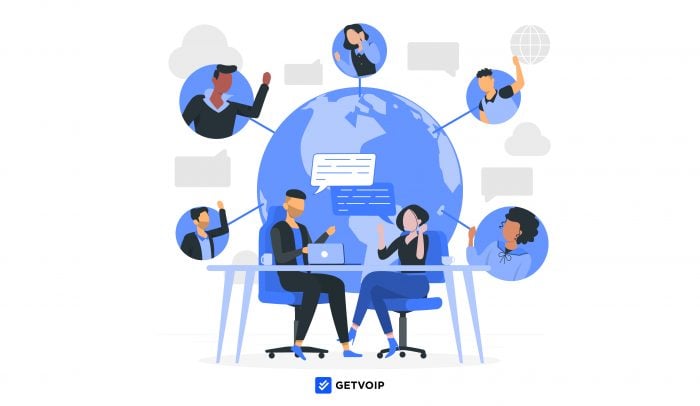When running a company, whether it be in the office or remote, communication is one of the key tenets of success and productivity. Businesses succeed when they collaborate within, efficiently manage tasks, and when employees share their skills and knowledge with each other.
Messaging within a company is important, but just as important as the message is the communication channel - how are you choosing to communicate with your staff and colleagues? Selecting the proper communication channel can make or break effective communication, so be sure to know when each method is appropriate.
Quick links:
- What are Communication Channels
- Formalities of Communication
- Types of Communication Channels
- Top 5 Communication Channels for Teams
- Top 5 Communication Channels for Customer Service
- How to Choose The Best Communication Channels For My Needs?
- How To Implement Communication Channels Into Your Business
What Are Communication Channels?
Broadly, communication channels are the means by which you interact or communicate with one or more people. What this means in the context of your business, is that there are multiple methods of communication through media and in person, and so connecting the proper channel to the message you are trying to convey will make a difference in how that message is received.
Whether you are presenting new information to your entire organization or discussing a task with a single colleague, knowing which type of communication channel is most appropriate will have a major impact on the result.
Formalities of Communication
There are varying levels of formality used in communication that must be considered when choosing the proper channel. The three major formality levels are formal, informal, and unofficial communication.
Formal Communication
Formal communication typically includes sensitive information such as policies and company strategy.
Common examples would include a business plan, annual report, written strategy, contract, company-wide correspondence, safety guidelines, presentations, and more.
Informal Communication
Informal communication channels are also used for business communications but are often presented in a more casual manner.
Examples of informal communication include conversations with coworkers, requests to colleagues for a simple favor or task assistance, and ongoing team collaboration.
Unofficial Communication
Unofficial communication is the outlier of the three, mostly occurring outside of the workplace entirely and being entirely casual and unrelated to work topics.
Examples of unofficial communication would include talking about your favorite sports teams while taking a break, or going out for a coffee break to discuss your recent vacation.
Types of Communication Channels
Each communication channel type has its own set of benefits and drawbacks, meaning you will need to understand each type and apply that knowledge to your correspondence between you and your colleagues, employees, and clients.
Written Communication
Written communication channels are among the most formal, but also the least urgent methods of communication. Written communication is typically used for contracts, notices, and other company-wide documents that require a more formal presentation or a signature. Methods of written communication include:
- Memos
- Contracts
- Reports
- Manuals
- Guides
- Publications and brochures
- Letters
- Faxes
- Direct written mail
An honorable mention here that would fall under the same level of formality but is not exactly “written” would be face-to-face communication, such as board meetings and performance reviews
Digital Communication
Digital communication channels can be used for both formal and informal communication and can vary from extremely urgent to not at all depending on the context and method. Digital channels are typically used for back-and-forth correspondence, public messaging, task management, internal requests, and advertising. Methods of digital communication include verbal and nonverbal communication channels, such as:
- Messaging apps
- Project management apps
- Video conferencing software
- Intranet
- Blogs
- Social media
- Live chat
- Chatbots
- Press releases
- Display advertising
Mobile Communication
Mobile communication channels are another form of digital communication but are segmented to mobile devices specifically. Examples include:
- Mobile phone calls
- SMS text messaging
- Messaging apps
- Video calls on mobile apps
Top 5 Communication Channels For Teams
Choosing the best method of communication, whether it be the medium, formality, or both, for internal team communication channels is an important step in ensuring your message is received and processed.
Using one medium of communication for everything, such as email, can lead your employees and colleagues to become fatigued by the number of single-medium messages and treat them all of the same priority and importance accordingly. Diversifying your communication channels to fit your needs will result in better reception of your message.
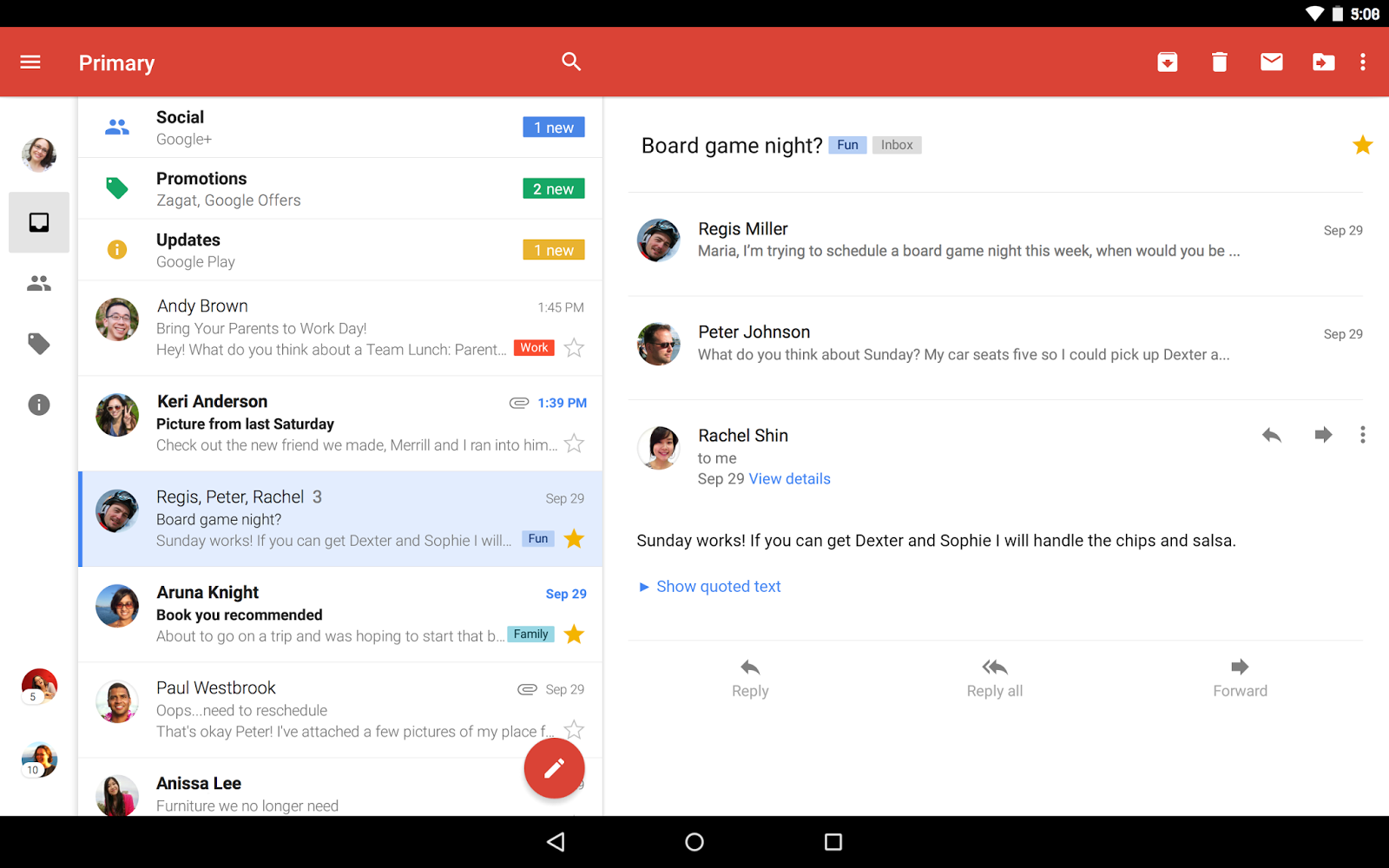
Email is not only one of the most common forms of communication in the modern workplace, but it is also one of the easiest to use. Additionally, email platforms tend to integrate well with other applications and software such as video conferencing software and task management platforms that will allow you to schedule events and tasks in your email natively.
- Pros: cheap, reliable, supports attachments and integrations, common channel for business messages and other important messages
- Cons: Slower response times expected, open communication allowing outside entities to contact via email
- Best for: most formal digital communications, messages with a lower urgency for response, messages with attachments
Face-to-Face
Face-to-face communication is the oldest method in the book, and remains the most reliable medium of communication. There are varying levels of formality in face communication, from a passing conversation to a presentation, to a formal meeting or conference. It is important to note, however, that if you plan to hold an in-person meeting that your goals and purpose of the meeting are clear and you stay on task, as about 71% of managers find meetings to be counterproductive when these criteria are not met.
- Pros: less room for misinterpretation, allows for communication beyond just verbal with body language and facial expressions, increases collaborative energy and efficiency
- Cons: can be sidetracked, not everyone is a good public speaker without practice
- Best for: announcements, presentations, collaborative meetings
Video Conferencing

If you are a fully remote team or have remote employees as a part of a hybrid team, video conferencing is an excellent way to mimic face-to-face communication to increase engagement in the meeting and promote collaboration. Beyond just remote meetings, sometimes you may want to video conference with a client rather than just giving them a phone call in order to put a face to the voice.
- Pros: digital form of face-to-face, verbal communication can be more clear than on a phone call, promotes engagement without demanding too much time, allows for secondary communication like facial expressions or tone of voice
- Cons: can be difficult to collaborate and prevent speaking over each other, different camera qualities can make for a different level of efficacy in communication
- Best for: remote and remote hybrid teams, client meetings, team meetings
Instant Messaging Apps
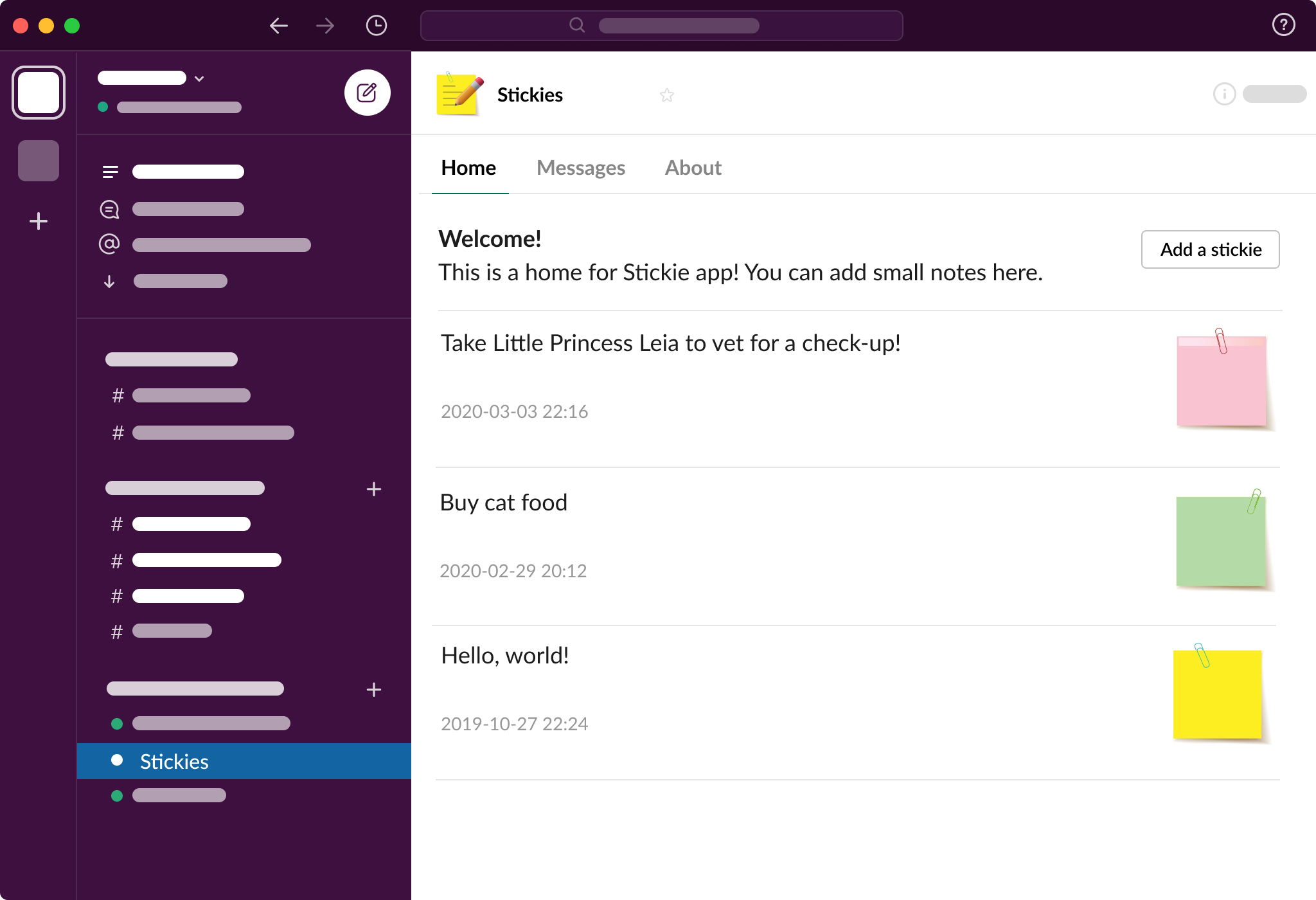
Instant messaging apps are an excellent way to stay in constant contact with your team and/or clients in a closed communication that can be used directly. Apps like Slack and Discord can be used to foster a back-and-forth collaborative effort, or just pass on a quick message or reminder for time-sensitive matters.
- Pros: fast and casual, makes collaboration easier without demanding a video call or in-person meeting, real-time dialog, notifications
- Cons: attachment sizes can be limited, context and tone can be misinterpreted
- Best for: quick communication, back-and-forth collaboration
Project Management Software
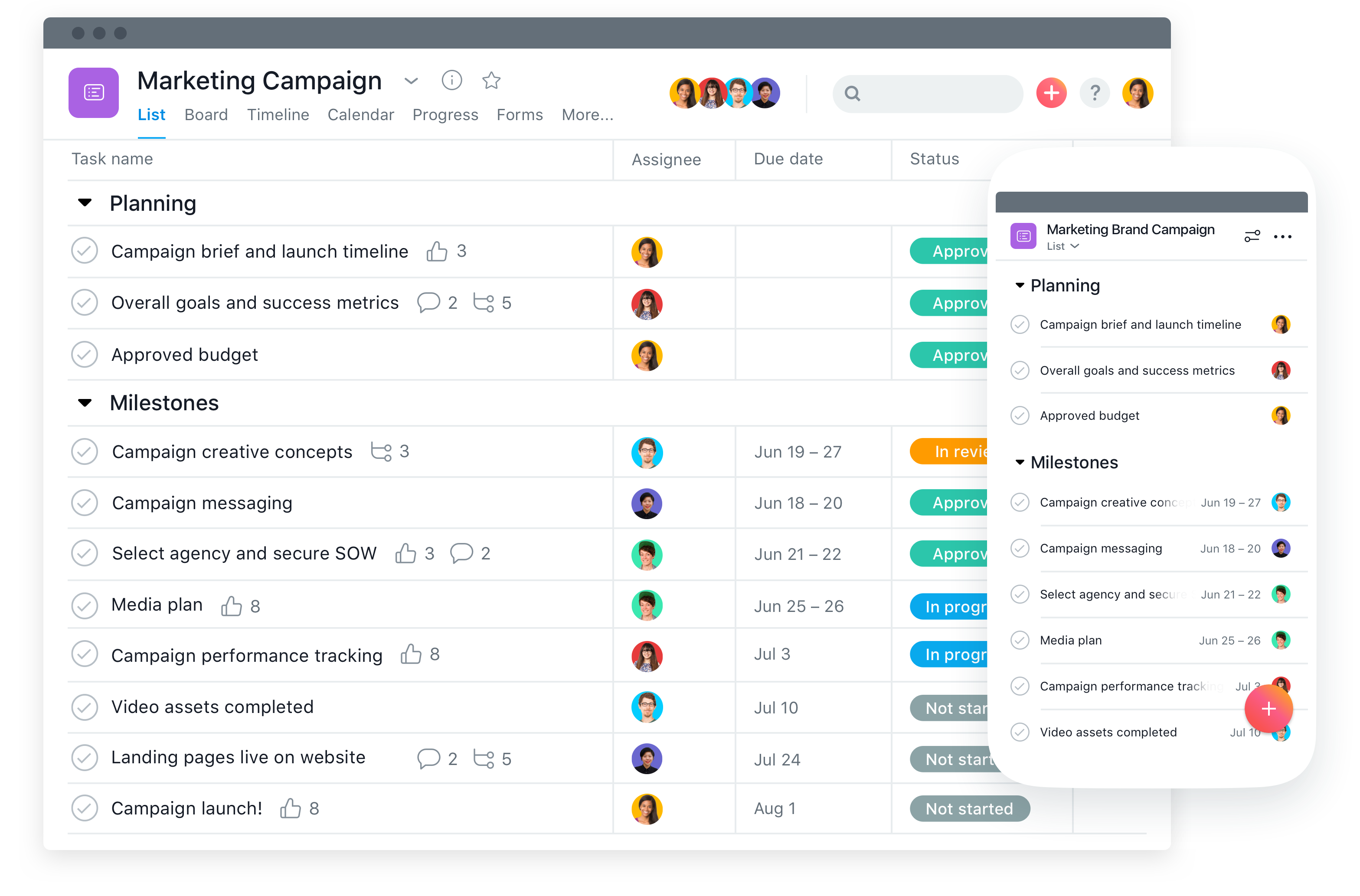
Apps like Asana and monday.com have made it easier than ever to collaborate in a digital environment by providing a platform for task tracking and all of the details that come with it. Using a project management platform can keep your team on-task with due dates, notes, and assigned subtasks, improving your task management and increasing productivity.
- Pros: Increase accountability for team members, organize project completion more effectively, foster collaborative decision making, task notifications, easy to share information
- Cons: response times can be slower than direct or chat communication
- Best for: specific task and project management, employee organizational strategy
5 Common Communication Channels For Customer Service
Beyond internal communication, choosing the right medium for communication with your clientele and customers is important to providing a great customer experience. There are different tones and motives behind different communication channels aimed at your customers, and choosing the most optimal channel can make a big difference in your audience reach and their experience with your business.
Your Website
Your website is ultimately where you want to lead your customers, but once they get there it’s important to maintain good communication. Whether it be through banner advertisements or promotions, or support through live chat and chatbots, communicating with your customers on your site will improve their experience and increase the likelihood of keeping them around.
- Pros: typically already a native feature of your business, easy to control what your customer sees from you at any given time, builds brand confidence and awareness
- Cons: one-directional, requires other methods of communication to allow your customers to reach you
- Best for: promotions, advertising, broad messaging toward your customers and clientele
Social Media
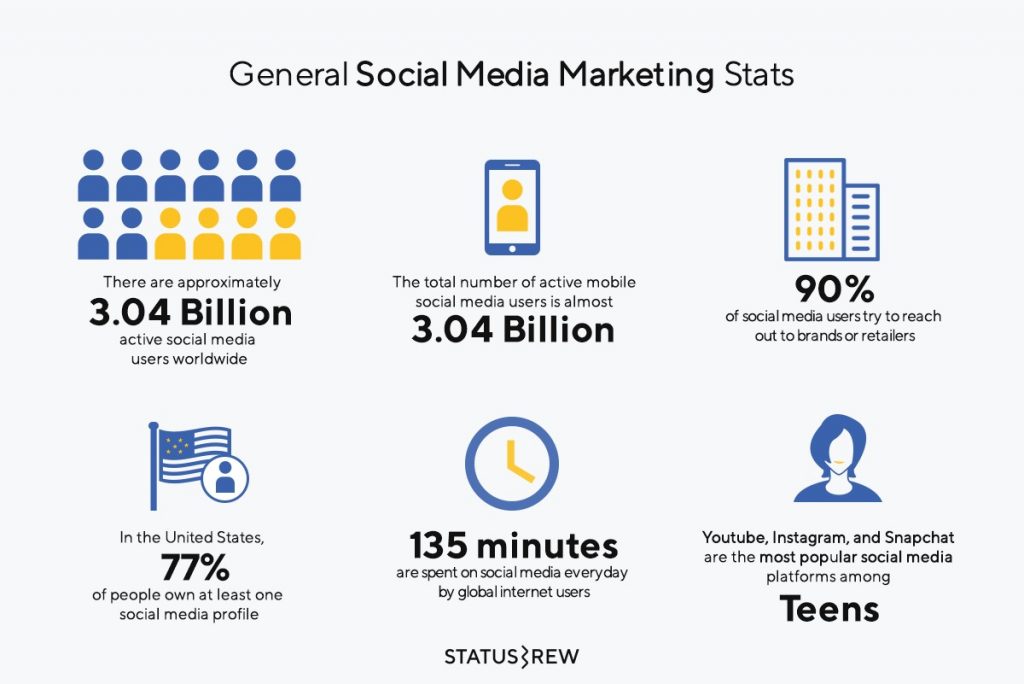
Social media is a massive piece of the digital business puzzle and can do wonders for your customer engagement and brand awareness. Similar to your website, you can promote and advertise your products or services, but social media goes a step further by allowing your customers to respond to your posts and reach you directly with messaging apps and direct messages.
- Pros: Allows customer engagement with your posts, easy-to-use promotional channel, provides a medium for content that you might not post on your website
- Cons: Can be difficult to manage multiple messages since only one user can operate the account at a time
- Best for: semi-formal public communication, promotions, public relations
Live Chat
Customer service can be quick, or it can be a long process requiring a lot of back-and-forths. Sometimes a customer has a simple issue that one or two messages can solve, such as tracking an order, and other times it requires a bit more communication without the need for a phone call that might clog up your call center. Live chat software, utilizing customer service agents, is an excellent way to engage your customers to fulfill their needs in a more casual and efficient manner, or even just reach out to them proactively offering assistance or related products/services.
- Pros: highly customizable, improves customer satisfaction without time-intensive phone calls, engages the customer, allows one agent to field multiple requests at once
- Cons: text-based communication can be misinterpreted, attachments are seldom supported
- Best for: simple customer service requests and issues, proactive customer engagement and promotion, small customer service teams
Chatbots
Similar to live chat, chatbots can fulfill a need for customer engagement and satisfaction by using conversational AI to facilitate basic requests and common issues. Chatbots are efficient since they don’t require an agent to monitor them, and are customizable to lead customers down a specific purchase journey or customer service inquiry line.
- Pros: automated service and promotion, engages customer without demanding customer service team time
- Cons: can feel disingenuous or annoying to customers who know what they’re seeking, Not as thorough as a live agent or other customer service channels
- Best for: small businesses, simple customer service needs
When it comes to customer service, sometimes the nuances of the specific case aren’t able to be addressed over live chat, chatbot services, or even a phone call. Email correspondence can allow your customers to send photos and screenshots to better add detail to their inquiry and will help resolve many cases at once as the customer service team addresses them case by case.
- Pros: allows for attachments and photos, in-depth communication, long-term correspondence to provide updates and feedback
- Cons: slower than live chat or calls, can be more difficult for your team to track and organize
- Best for: in-depth and thorough customer service, utilizing attachments and photos, small businesses with low customer service capacity
Choosing the Best Communication Channel for Your Organization
As we’ve stated, choosing the right communication channels for your business can vastly improve internal and external communication. So how do you choose the best channel for your needs? To make the right choice, consider the following when drafting your communication strategy:
Fit Your Channels to Your Audience
Evaluate whether you need to improve internal, external, or both channels of communication to decide where your gaps are. Is your team not collaborating as effectively as you’d like? Are your customers struggling to receive the service they expect?
Also consider whether you are using new communication channels for collaboration, marketing, or customer service to determine how you should deliver your message. Marketing only via email will still yield results, but using more public and static channels like your website or social media might have more long-term success.
Lastly, consider the nature of your business. If you are entirely in-person, video conferencing might rarely see use. If you are a remote or hybrid team, you will likely want to use a combination of text and video-based channels to collaborate and communicate with your team.
Consider the Drawbacks
Most communication channels have downsides, and they are important to consider when choosing how to communicate with your audience. Using chat and messaging apps might be the fastest way to send on a message or task, but it won’t be tracked and could be buried in the conversation. Knowing when to use each channel based on the downsides will prevent ongoing or future issues.
Set Goals and KPIs
Once you’ve chosen new channels of communication for your business, set goals and key performance indicators to track their performance and the difference made. If you are finding you often get negative reviews, keep track of how the reviews change as you change or improve your customer service correspondence. Keep track of leads, task completion within your team, and other performance metrics that are directly related to how you communicate with your team.
How to Implement Communication Channels Into Your Business
The first step of implementing new communication channels is preparing your team and business accordingly. Whether it be training them on new task management software, or referring them to the new social media pages to follow and keep tabs on, preparing your team for the transition is the first step to success.
Next, evaluate the tech and software requirements for any new integrations or features, such as customizing your chatbots or changing the user interface on a live chat box to fit the aesthetic of your website.
Finally, provide feedback to your team and accept feedback from them in return on how the channels are performing. If you choose to communicate more often with video conferencing or messaging apps, make sure your team and clients are receptive to this before continuing down a path that might thwart engagement and success.
All-in-all, the proper communication channels can dramatically improve how your communication is perceived and interacted with. Use the steps and information in our guide to determine what will work best for you, and continue tinkering to master communication internally and externally alike.

